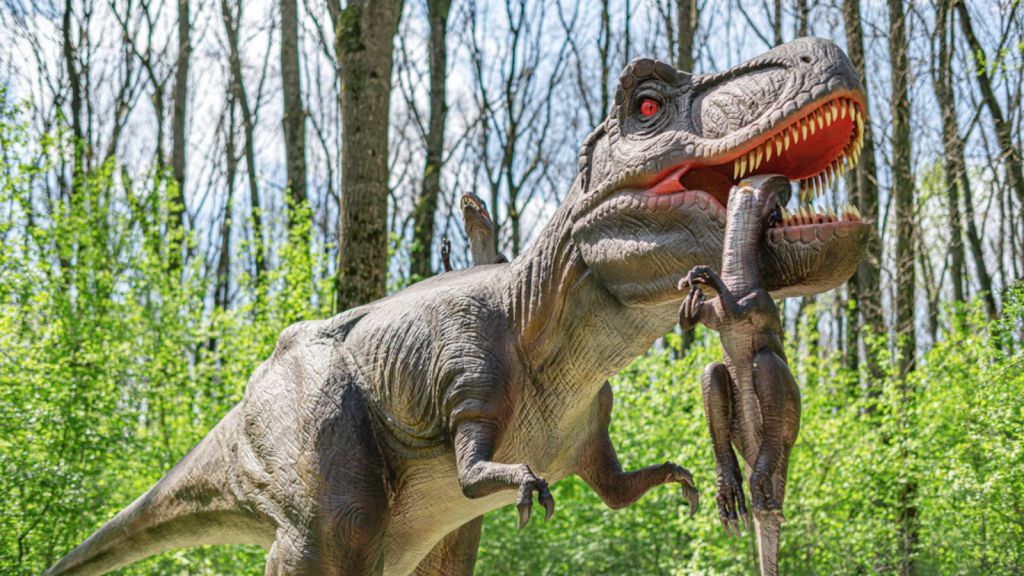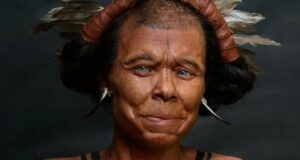“Unlocking the Secrets of Our Ancestors: 15 Surprising Revelations from the Prehistoric Era”
The Paraceratherium’s immense size and unique anatomy have captivated scientists and the public alike. Its long neck and legs allowed it to reach high into the trees for food, while its massive body provided protection from predators. This gentle giant is a testament to the diversity and adaptability of mammals in the prehistoric era.
13. Ancient Crocodiles

During the Mesozoic and Cenozoic eras, giant crocodiles like Sarcosuchus and Deinosuchus terrorized waterways. These colossal predators could grow up to 40 feet long and had jaws powerful enough to crush dinosaurs and other large prey.
The existence of giant prehistoric crocodiles is a reminder of the dangers that lurked in ancient waters. These apex predators played crucial roles in their ecosystems, shaping the evolution of aquatic life and influencing the behavior of other animals that shared their habitat.
14. The Ice Age Wasn’t Just One Event

The term “Ice Age” actually refers to several glacial periods throughout Earth’s history, each lasting millions of years. These periods were characterized by the expansion of ice sheets and glaciers, leading to significant changes in climate and sea levels.
The Ice Age had a profound impact on the evolution of life on Earth, forcing animals to adapt to colder temperatures and changing environments. Many species, like the woolly mammoth and saber-toothed cat, evolved specialized features to survive in these harsh conditions, while others migrated to warmer regions or went extinct.













